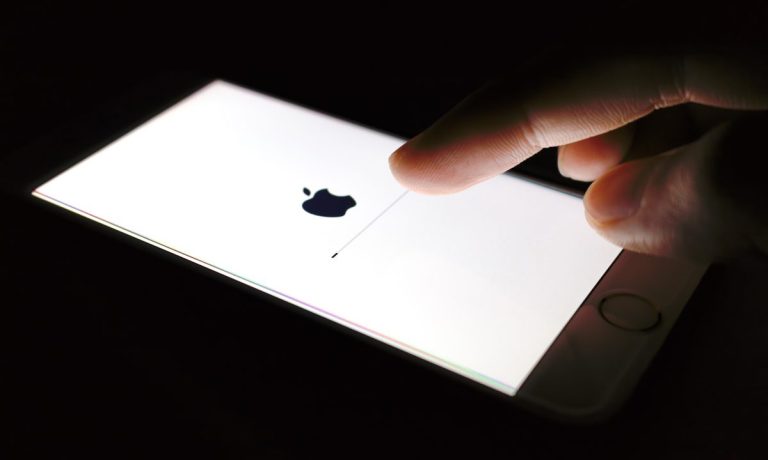
Apple’s push to cement a commerce ecosystem continues.
At least that’s the plan — execution on that plan may be … well, not so simple. And maybe it’s all a case of too little, too late.
That’s because Apple is setting about building out the network of merchants, among the most critical components of any connected commerce endeavor … with functionality that already is out there in the market.
As reported Thursday (Jan. 27), Apple is moving to enable small businesses to accept payments, via iPhones, without installing additional hardware.
Read also: Apple Makes New Moves to Turn iPhones into Payment Terminals
Thus, the phone becomes the POS terminal, freeing up transactions to take place in the aisle, or pretty much anywhere on premise.
As a competitive strategy, the intent seems to be to “free up” merchants from being tethered to card readers and other terminals, oftentimes located at the front of the store, near the registers.
In terms of how it all gets done, the payments acceptance would come through a software update that will reportedly be available over the next few months.
And the device-as-POS push comes in the wake of Apple’s 2020 buy of Canadian firm Mobeewave, leveraging that firm’s tech to uses apps and the phone’s NFC standard to underpin the payments.
As the transactions take place, the merchant types in the to-be-charged amount, the customer taps their card.
And Yet …
Tapping in order to pay is nothing all that new on iPhones, and Apple’s bid to monetize the POS, or at least the hardware aspect of POS, seems a bit, well, also-ran. The payment networks Visa and Mastercard have enabled the functionality across devices and through their own cloud offerings. Witness, for example, Visa’s debut last year of its own Tap to Phone mobile point of sale offering. A bit more than a year ago, Mastercard announced that it had partnered with NMI and Global Payments to launch a pilot for new cloud-based point of sale technology.
Apple’s own devices have been serving as POS terminals depending on where you look. This past summer, reports swirled around new versions of Square Stand, integrating tap-to-pay technology into the terminal, eliminating the need for external devices.
Read also: Square Plans New iPad POS With Tap-To-Pay, Per Report
One wild card (pun intended) is whether the feature would be tied to Apple Pay. Speculation is just that, we note, and so far the news is that the iPhones would be equipped to take credit card payments in general.
But then again, Apple Pay could use a bit of tailwind. As PYMNTS’ own research has shown, though the iPhone is wildly popular, the payment feature’s uptake has been muted. As documented last fall, consumers used Apple Pay for only 1.7% of transactions last year, down 10% from levels seen in 2019 — usually for groceries. In this way, Apple seems a bit late to the tap-to-pay party, especially as the runway has been laid, elsewhere (by Visa, Mastercard, etc.).
See more: Apple Pay At Seven
Levers to Pull
For Apple, of course, there are a number of levers to pull, in a way to try to bring merchants fully into its fold. But Apple could also insist that merchants use Apple Pay when it comes to in-store commerce, in a bid to 1) boost use of the digital wallet service and 2) eat into other firms’ connected economies.
Cutting out the third-party component — or at least the ability for hardware providers to use iPhones in transactions — brings the ecosystem ever closer to Apple. But it’s a big, and dicey, if. It may be far-fetched that demanding a merchant network accept a payment method will pass muster on Capitol Hill and as regulators sharpen their focus on Big Tech’s competitive landscape.
Much remains to be seen as to the range of apps (if any) that Apple lets leverage the upcoming software. But in the meantime, if the goal is to become even more entrenched in commerce, there are other ways to do it. The ongoing joint efforts with Goldman on Apple Cards (and, in particular, BNPL) can do much to create economies of scale that do not rely on hardware (or its absence) at the point of transaction. Indeed it is the new, consumer-facing products and services themselves that would drive more transactions, thus broadening the appeal for merchants to climb aboard — and give Apple the “closed” ecosystem it seeks.